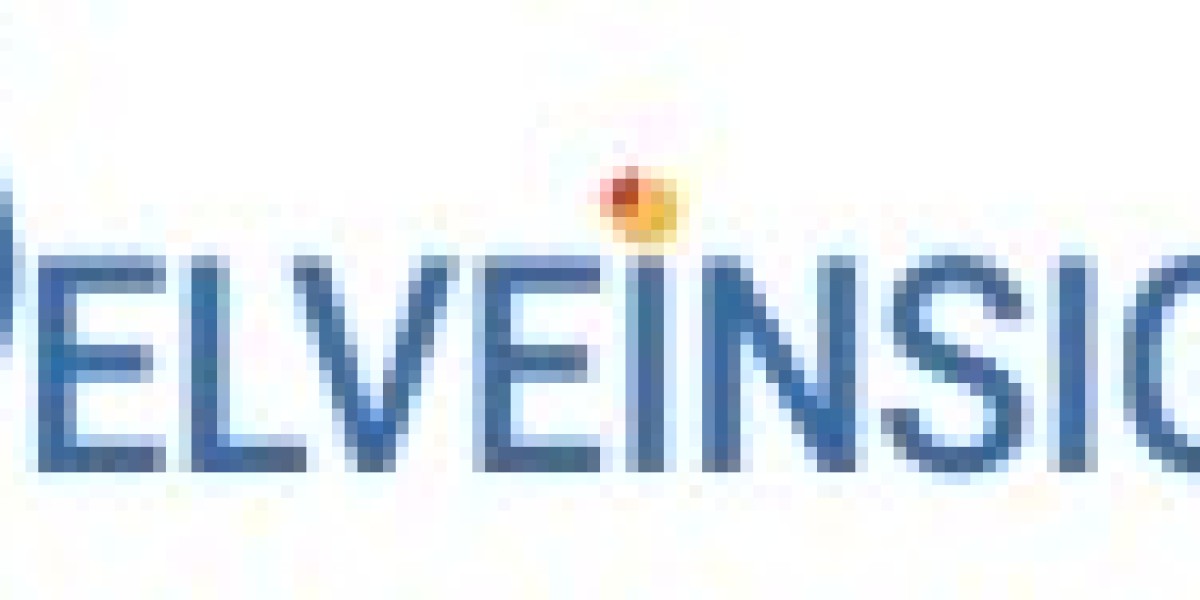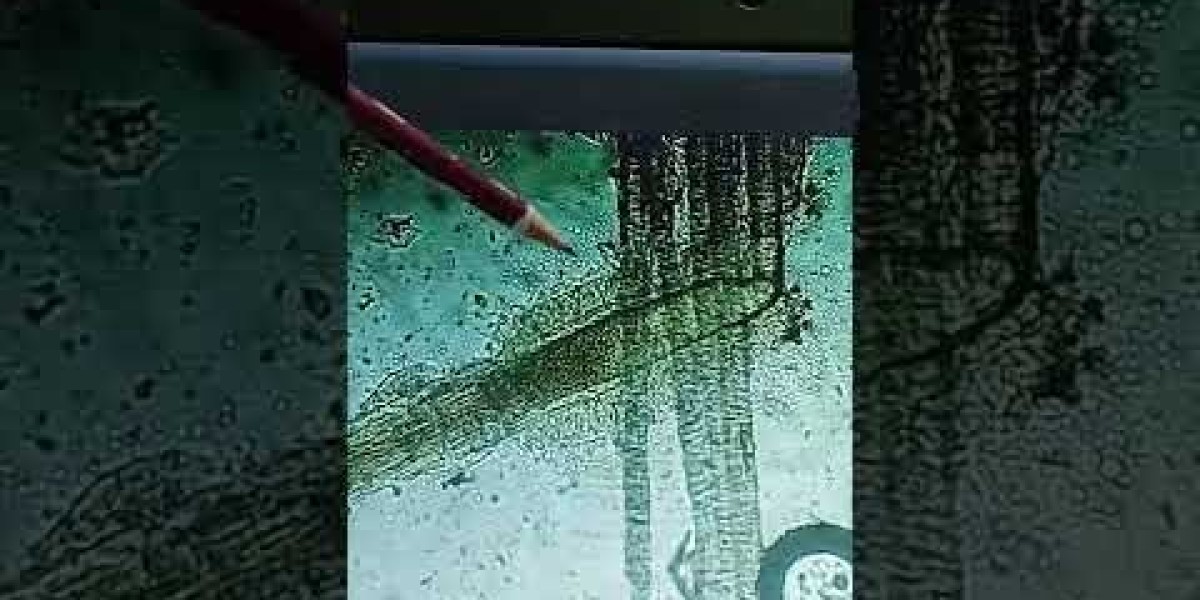Key players in the rosacea treatment market include Sol-Gel Technologies, Galderma, Tarsus Pharmaceuticals, AiViva Biopharma, AOBiome, and others.
Rosacea Treatment Market
(Albany, USA) DelveInsight's "Rosacea Market Insights, Epidemiology, and Market Forecast - 2034" report provides an extensive analysis of rosacea including historical and forecast epidemiology, and market trends in the US, EU4 (Germany, Spain, Italy, France), UK, and Japan.
This latest healthcare forecast report presents a comprehensive assessment of rosacea and offers key insights into the prevalence, revenue trends, and evolving treatment landscape of rosacea. It discusses the symptoms of rosacea and its impact on patients' quality of life, as well as highlights key statistics such as current and forecasted market size.
The report evaluates the progress and effectiveness of new treatments for rosacea along with a detailed study of clinical trials. It includes a thorough review of ongoing and upcoming research that is expected to shape the future of rosacea treatment. The data-rich insights gained from this report are essential to understand market trends and advancements in rosacea treatment.
To gain a deeper understanding of the market outlook, drug uptake, treatment scenario, and epidemiological trends of rosacea,Please click here.Rosacea Market Forecast Report。
Key Insights from the Rosacea Market Report:
The rosacea market is expected to witness significant growth from 2024 to 2034, owing to factors such as improved access to diagnosis and treatment, growing awareness, advancements in research, and increasing prevalence of rosacea.
New treatments for rosacea are on the horizon, including AIV001, TP-04, B244, and others.
Prominent companies in the rosacea treatment market include Sol-Gel Technologies, Galderma, Tarsus Pharmaceuticals, AiViva Biopharma, AOBiome, and others.
According to the American Academy of Dermatology, rosacea affects approximately 16 million Americans.
In the UK, it affects approximately 2 in every 1,000 people, with a prevalence ranging from 0.10% to 22%.
In Germany, the prevalence of rosacea is approximately 12%, with the erythematotelangiectatic (ETR) and papulopustular (PPR) subtypes accounting for 9% and 3%, respectively. Approximately 18% of cases are found in individuals aged 18-30 years.
Rosacea is more prevalent in women, with nearly 90% of cases affecting women, while only 15% are seen in men. The most common subtypes are erythematotelangiectatic (60%), papulopustular (30%), empyema (20%), and ophthalmic (40%).
The rosacea treatment market is currently dominated by Sol-Gel Technologies and Galderma's product EPSOLAY and is expected to expand in the coming years.
On November 5, 2024, the FDA approved minocycline hydrochloride extended-release capsules (DFD-29, Emroci) for the treatment of inflammatory lesions caused by rosacea in adults, following positive results from a Phase 3 clinical trial.
Rosacea Overview:
Rosacea is a chronic skin disease characterized by facial redness that affects approximately 1 in 10 people worldwide. Symptoms vary, with some people experiencing persistent redness, visible blood vessels, or red bumps similar to acne. The condition is classified into four types: erythematotelangiectatic rosacea, papulopustular rosacea (PPR), purulent rosacea, and ocular rosacea. Many patients present with more than one type of symptom, complicating diagnosis and treatment.
Papulopustular rosacea, also known as inflammatory rosacea or type 2 rosacea, is often confused with acne because of the pustules and red, swollen bumps. It usually recurs over a period of weeks or months and then subsides. The exact cause is not fully understood, but research suggests genetic factors, an immune response to infection, and other factors.Bacillus orellonius and Helicobacter pylori, overproduction of cathelicidin protein, andDemodexMites on the skin may be involved.
Diagnosis is based on the patient's medical history and physical exam, but accurate diagnosis is important because symptoms of rosacea often overlap with other skin conditions such as adult acne, seborrheic dermatitis, and contact dermatitis.
Therapeutic Outlook:
Rosacea treatment options are tailored based on the severity and subtype of the condition. Common treatments include topical retinoids, topical antibiotics, oral tetracycline antibiotics, and oral retinoids. A combination of oral tetracycline and topical agents is usually the first-line treatment for moderate papulopustular rosacea. Maintenance therapy often includes topical agents such as metronidazole.
Topical retinoids such as tretinoin, tazarotene, and adapalene are commonly prescribed to reduce erythema, papules, pustules, and telangiectasias. Tretinoin is one of the most affordable and widely used treatments and is often the treatment of choice for rosacea. Topical antibiotics such as metronidazole, clindamycin, erythromycin, azelaic acid, benzoyl peroxide, and sulfacetamide help fight surface bacteria and reduce inflammation. Among newer treatments, EPSOLAY is the first FDA-approved topical treatment for rosacea, highlighting the focus on targeted therapies to fill unmet needs.
As research advances, new medications are being developed to improve the management of rosacea, providing better treatment options and improving patient outcomes.
Get a Free Sample of Rosacea Market Forecast, Size & Share Analysis Report:https://www.delveinsight.com/report-store/rosacea-market
Epidemiology of Rosacea:
This section provides insight into the historical, current, and forecast trends of rosacea in the 7MM from 2020 to 2034. It identifies the factors influencing these trends, including studies and perspectives from key opinion leaders. The analysis includes patient populations diagnosed with rosacea and expected trends.
Key aspects covered in the report include:
Total prevalence of rosacea
Prevalent diagnosed cases of rosacea
Type-specific diagnosed epidemic cases
Rosacea treatment cases
Download the report for more details.Epidemiology of rosacea。
Rosacea Drug Uptake and Pipeline Development:
The medication uptake section analyzes the adoption rates of new and upcoming rosacea medications. It evaluates the factors influencing medication uptake and sales performance of each treatment. This section delves into which rosacea treatments are gaining traction and the reasons behind their success.
The Pipeline section focuses on potential therapeutic candidates at various stages of development. Identify the key companies developing targeted rosacea treatments and explore the latest advancements, including partnerships, mergers and acquisitions.
Market outlook and dynamics:
The rosacea treatment market is on a growth trajectory due to ongoing research and the introduction of new treatments. Despite the availability of treatments such as oral tetracyclines, topical retinoids, and oral retinoids, there is still a strong need for new treatments.
The 7MM (US, EU5, Japan) rosacea market is projected to grow significantly between 2020 and 2034 as research and treatment innovations continue to shape the landscape.
Learn more about the Rosacea Treatments and Therapies market companies.
Rosacea Market Drivers:
Increasing prevalence due to environmental and lifestyle factors is driving demand for treatment.
Ongoing research and development of new and more effective drugs are driving the market growth.
Rosacea Market Barriers:
The lack of a permanent cure could lead to long-term patient dissatisfaction and affect market confidence.
The stigma associated with visible skin conditions may deter individuals from undergoing treatment, limiting market potential.
Rosacea Market Report Coverage:
Study period: 2020–2034
coverage: 7MM (US, EU5, and Japan)
Major Companies: Sol-Gel Technologies, Galderma, Tarsus Pharmaceuticals, AiViva Biopharma, and AOBiome.
Primary treatment: AIV001, TP-04, B244, etc.
Therapeutic evaluation: Current and Emerging Rosacea Treatments
Market TrendsMarket drivers and barriers
Competitive Intelligence: SWOT, PESTLE analysis, Porter's five forces, BCG matrix, market entry strategy
Learn more aboutRosacea Companies and Clinical Trials。
table of contents:
Introduction of Rosacea Market Report
executive summary
SWOT Analysis of Rosacea
Overview of Rosacea Patient Share
Market Overview
Background of the disease
Epidemiology and prevalence
Number of patients by country
Current Treatment
Unmet needs
New Treatments
Market Outlook
Market Analysis by Country
Market Access and Reimbursement
Market Drivers
Market Barriers
appendix
Methodology
DelveInsight Features
Disclaimer
About DelveInsight
About DelveInsight:
DelveInsight is a prominent healthcare business consultancy and market research firm with a focus on the life sciences sector. It offers comprehensive end-to-end solutions to optimize the performance of pharmaceutical companies. DelveInsight also offers healthcare consulting services to support market analysis and business growth strategies, helping companies overcome challenges with a practical approach.
Contact Information
Kanishk
kkumar@delveinsight.com
info@delveinsight.com
+14699457679







